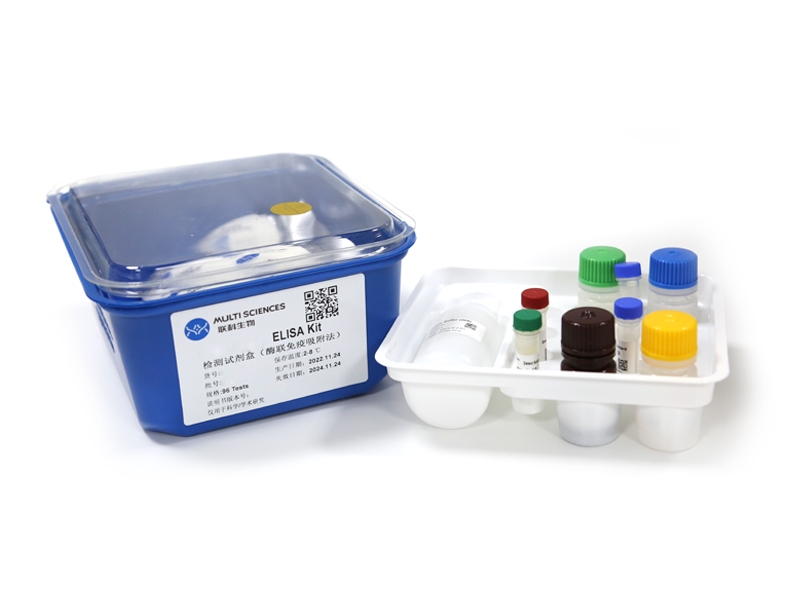BACKGROUND: The exact etiological mechanism of Chronic Prostatitis/chronic pelvic pain syndrome (CP/CPPS) is still unclear however autoimmunity is the most valid theory. We developed a rat model of Chronic Prostatitis/chronic pelvic pain syndrome by using a novel peptide (T2) isolated from TRPM8. This model might be beneficial in elucidating mechanisms involved in the pathogenesis of Chronic Prostatitis/Chronic Pelvic Pain Syndrome (CP/CPPS). METHODS: 40 male Sprague-Dawley rats with an average weight of 180-220g were equally distributed into five groups. The normal control group was injected with normal saline (.9% NACL), the CFA group with CFA, AL(OH)3 group was given AL(OH)3 injection, T2 group using a novel peptide T2 and T2+AL(OH)3+CFA group was injected with T2+AL(OH)3+CFA. Dosing to all rat groups were injected subcutaneously. Hematoxylin and eosin staining and Immunohistochemistry were used to investigate inflammatory cell infiltration and IL-1β in the prostate tissue respectively. ELISA technique was used to measure the serum level of CRP and TNF-α. T-test was used to analyze the results. RESULTS: Maximum infiltration of inflammatory cells and the highest level of IL-1β in the prostate tissue was observed in T2+AL(OH)3+CFA group as revealed by histopathology and Immunohistochemistry, respectively. Furthermore, T2+AL(OH)3+CFA group attained the peak value of serum TNF-α and CRP as determined by ELISA technique. CONCLUSION: Our results demonstrated that T2 in combination with AL(OH)3 and CFA induced severe Prostatitis in rats. We believe that our present model will be highly beneficial for investigation of the pathophysiology of Chronic Prostatitis/Chronic Pelvic Pain Syndrome.
文章引用产品
-
-
- EK194
- ELISA试剂盒
Human C-Reactive Protein ELISA Kit检测试剂盒(酶联免疫吸附法)
-
¥1,600.00 – ¥2,650.00
-
- EK194
- ELISA试剂盒
Human C-Reactive Protein ELISA Kit检测试剂盒(酶联免疫吸附法)
- ¥1,600.00 – ¥2,650.00



